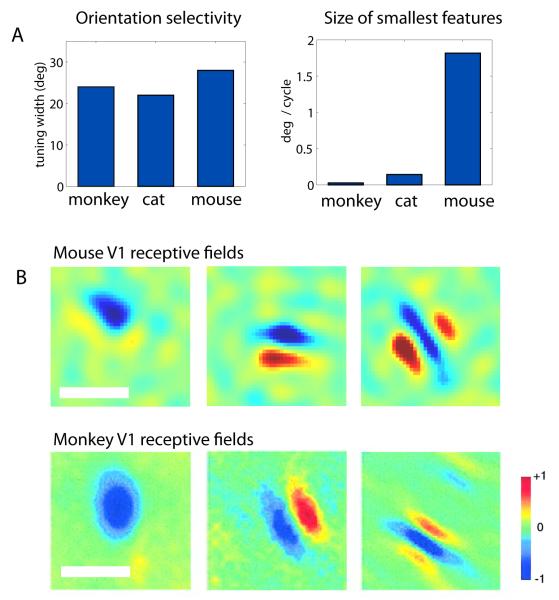Figure 2. Cortical response properties are similar across species despite differences in spatial resolution.
A) The degree of orientation selectivity is comparable across species (left), despite the fact that their behavioral acuity - the smallest feature they can detect - varies by nearly two orders of magnitude (right). Mouse data reproduced from [50, 92], others from [51].
B) Three example simple cell receptive fields in V1, from mouse (upper row) and monkey (lower row), showing a similar range of spatial structure. Note that the scale bar for mouse is 20 degrees, while that for monkey is approximately 1 degree. Red and blue correspond to On and Off subregions, respectively. The similarity in structures demonstrates that cortical neurons in both species respond to similar visual features, but of different size. Mouse data modified, with permission, from [50]; monkey data reproduced, with permission, from [93]. In both studies, receptive fields were measured by reverse correlation methods in anesthetized animals.

